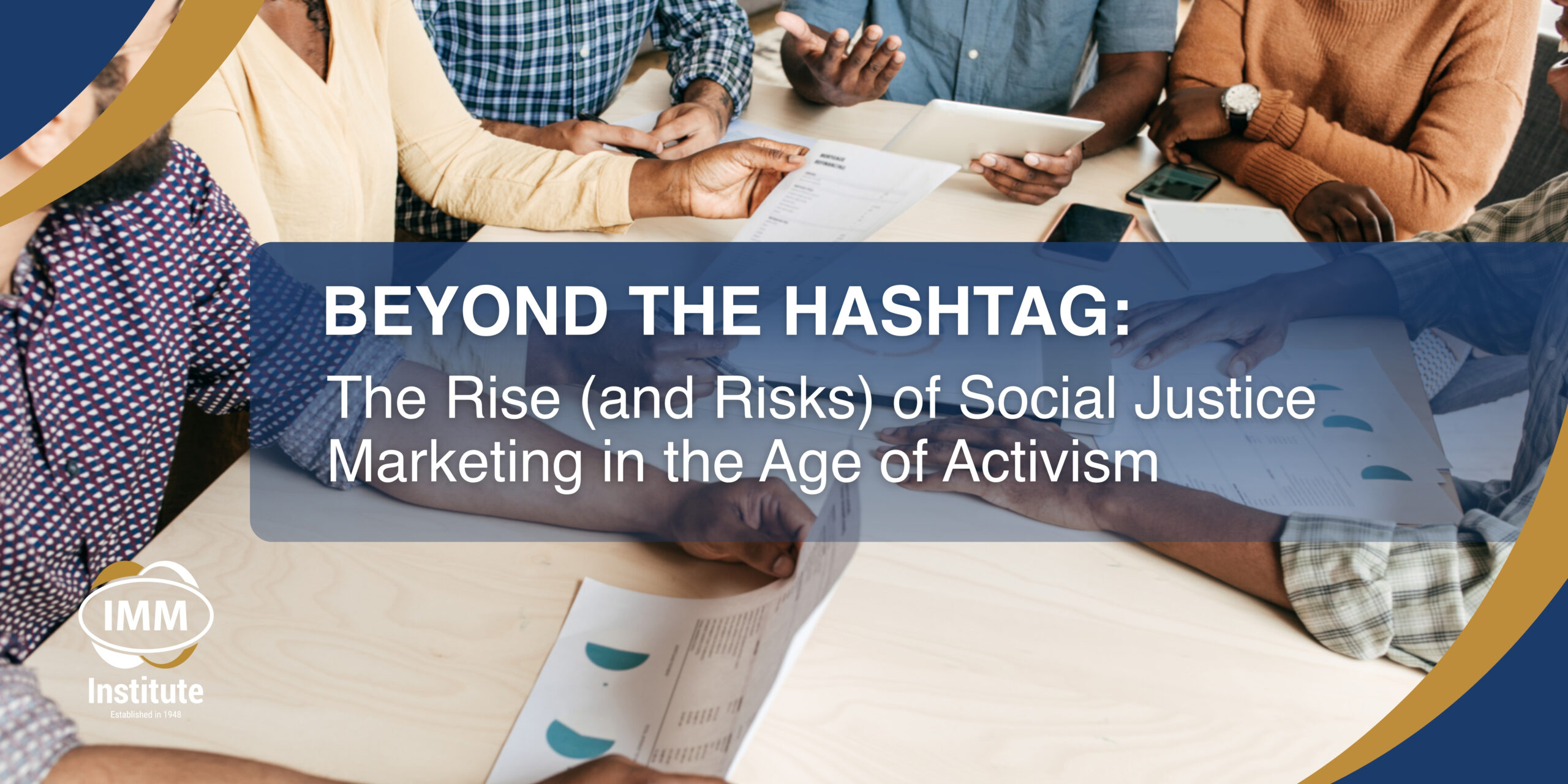
Beyond the Hashtag: The Rise (and Risks) of Social Justice Marketing in the Age of Activism
In today’s socially conscious world, brands are expected not merely to sell products but to take a stand. Cause-driven marketing, from climate change to gender equality, has been the modern blueprint to building a brand. However, with consumers now rising higher in scrutiny, especially in campaigns for South Africa Women’s Month, marketers should ask themselves: “Are we really for the cause or just for the hashtag relevancy?”

The Rise of Purpose-Driven Branding
More and more, consumers, especially Millennials and Gen Z, are choosing to buy from brands that reflect their values. Branding aligned with purpose has become central to this shift.
A global study carried out by Edelman stated 64% of consumers base their buying decisions on a brand’s stance on issues of social or political concern. This gradual shift has fuelled the rise of social justice marketing – campaigns focused on empowerment, inclusion, and driving societal change.
In the context of Women’s Month, it enables brands to honour and champion the cause of gender equality. We have witnessed some very strong executions on campaigns that raise the voice of women, promote women entrepreneurs, and bring to light systemic inequalities. If successful, they create avenues for trust and connectivity with an audience sick and tired of performative marketing.

The Fine Line Between Solidarity and Self-Interest
Yet, for all the good intentions, there’s a growing backlash against what critics call “woke-washing”: when branding strategies use activism as a marketing tool without any meaningful action behind it.
South African consumers are savvy. A pink logo or an inspirational quote on Women’s Day won’t cut it if the company’s boardroom lacks diversity or its products are priced out of reach for the very women it claims to support. When campaigns lack a coherent purpose-led strategy or feel inconsistent with brand values, they risk doing more harm than good.
Authenticity Is Everything
So, how can brands get it right?
Start by looking inward. Before launching a Women’s Month campaign, audit your own organisation. Is your internal culture supportive of women? Do your policies, leadership representation, and pay structures reflect your marketing strategy?
Next come the real stories-and voices behind them. Working in collaboration with female-led NGOs, telling true stories, or co-creating content with women employees or women from the community may help bridge the gap between brand and reality.
Finally, go beyond August. Empowerment is not seasonal. From hiring practices to supplier diversity and other initiatives for equality, this highway carries more weight than any campaign ever could.

To support marketers in navigating the fine balance between authenticity and activism, the IMM Institute’s short course on Strategic Brand Management offers timely, practical insight. It empowers professionals to craft values-led campaigns that don’t just make noise but build lasting brand trust- an essential skill in an era where purpose and performance are inseparable.
Conclusion
Cause-driven marketing is here to stay, and with good reason. But in the age of activism, the spotlight is kind of unforgiving. If brands are going to run anything around Women’s Month or any social justice campaign, then they have the challenge: to be gutsy, to be honest, and to be authentic at their core. Because consumers can tell.















